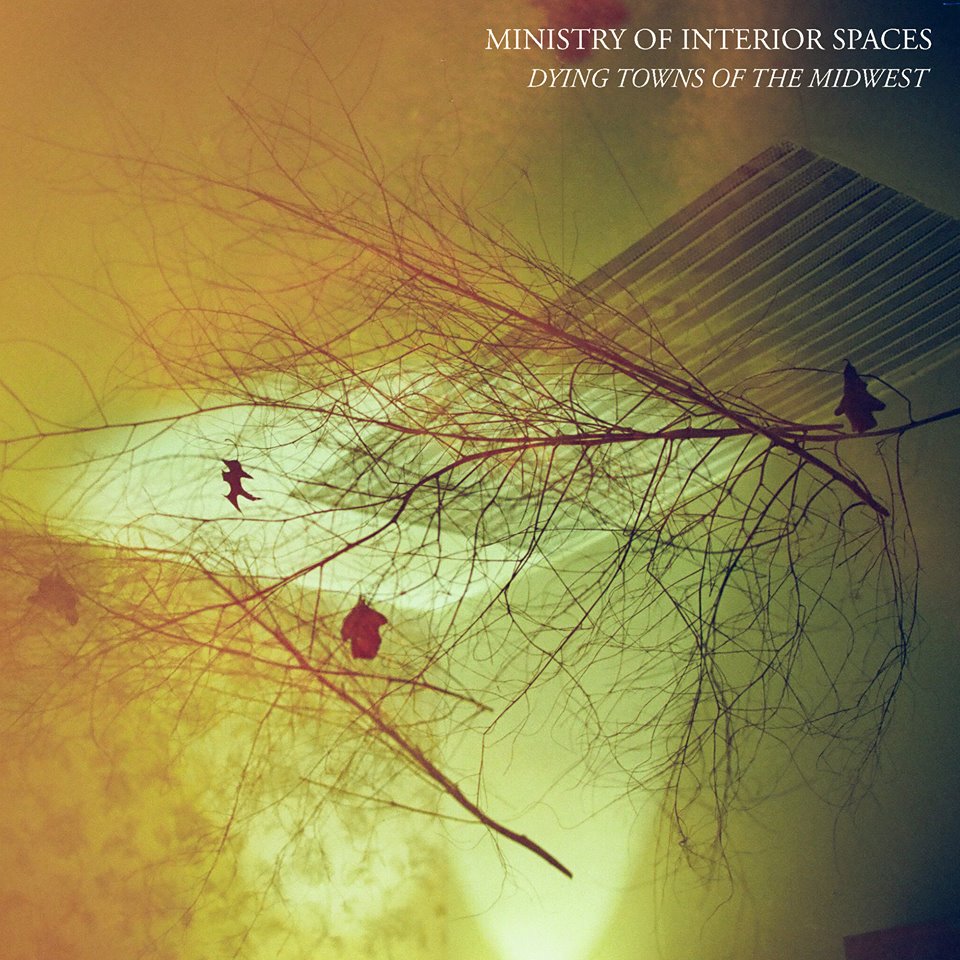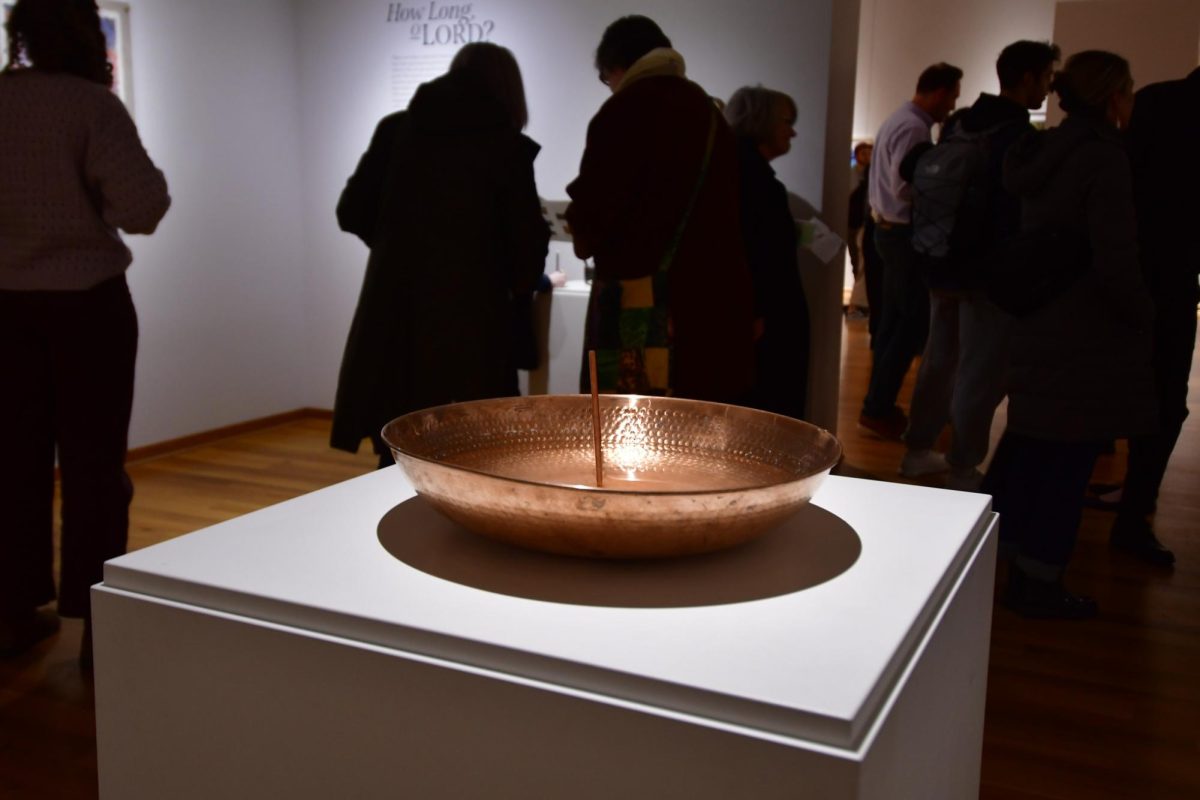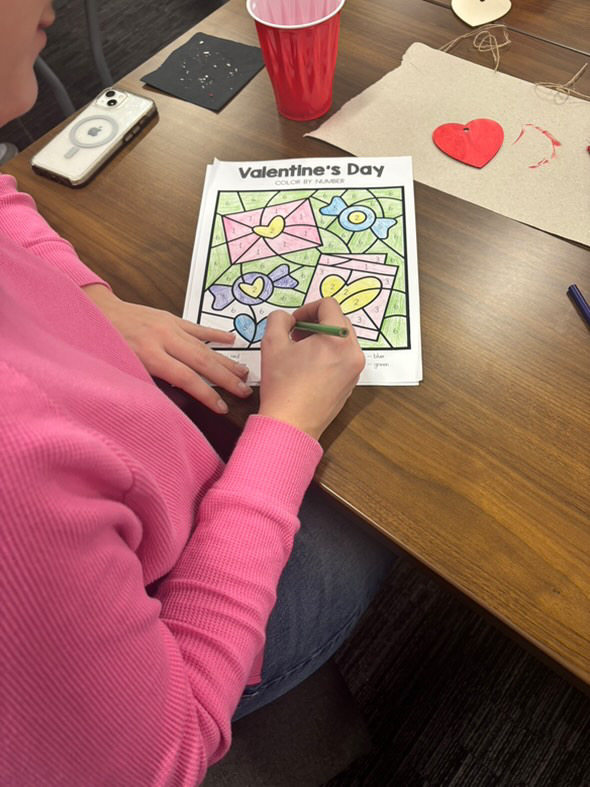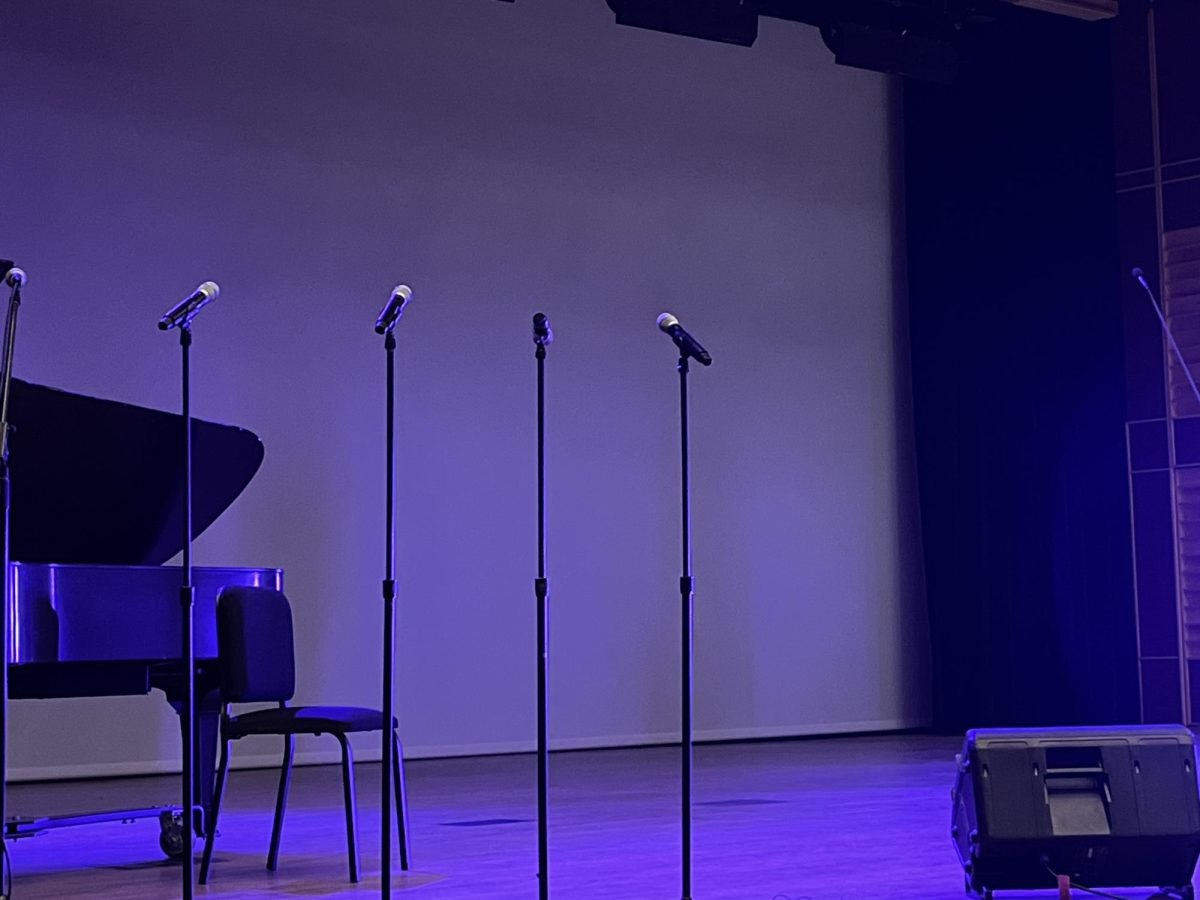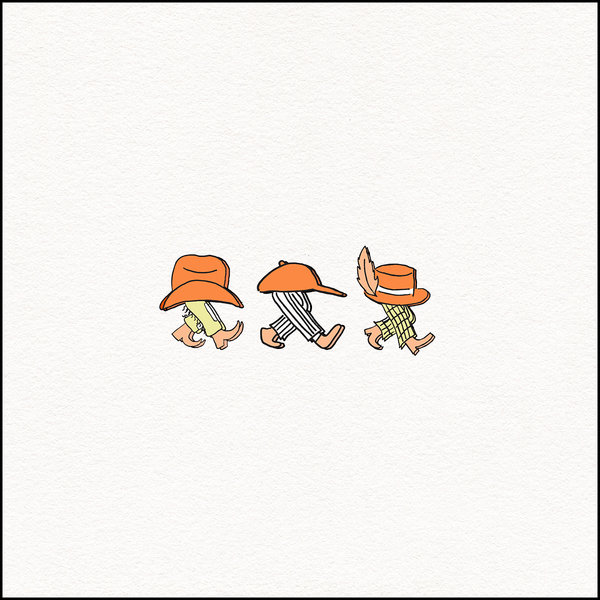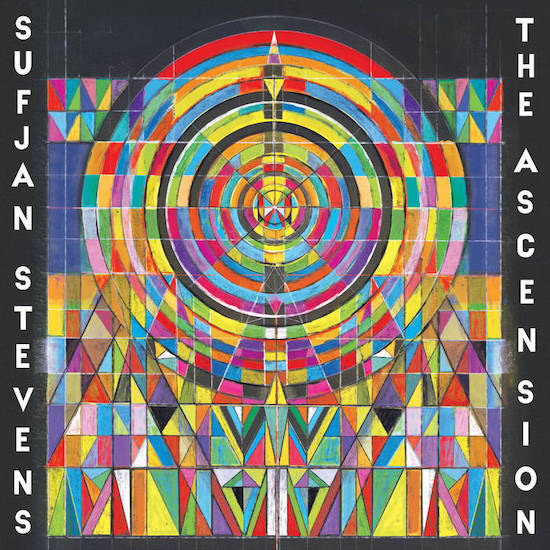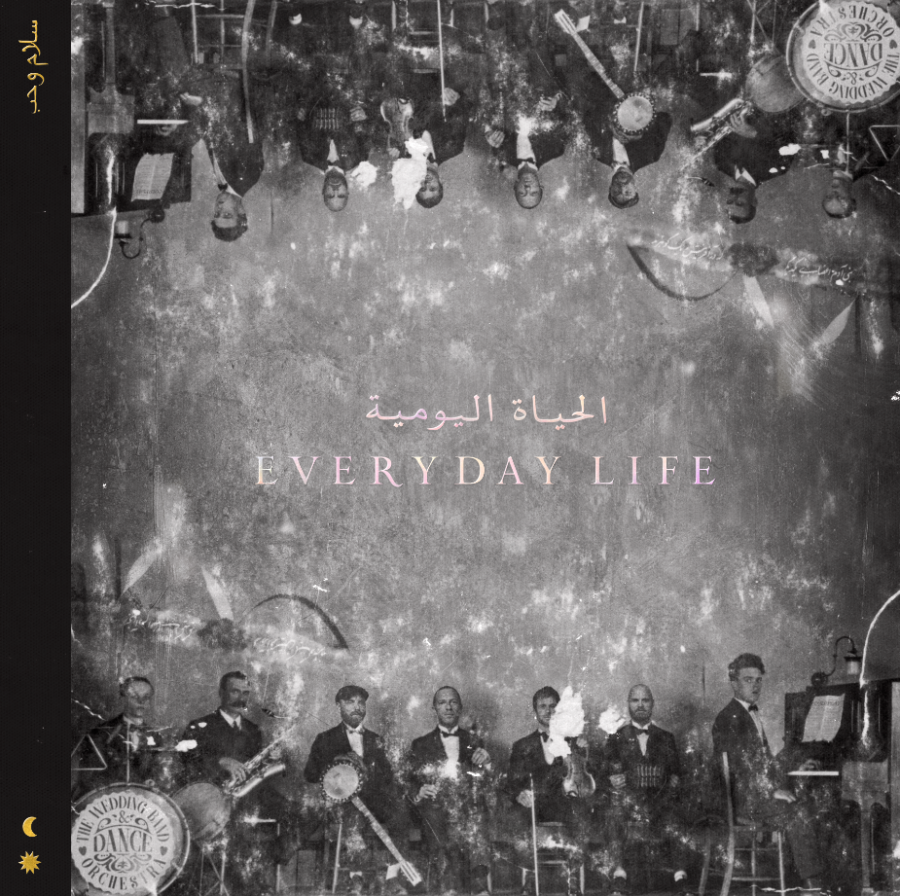Popular music is built to be universal, and to this end often uses a specific format. Using tools such as the verse-chorus-bridge structure and the human voice, pop music is an accessible art form in terms of understanding. By using these strategies, pop music takes a more direct path to listener’s emotions, providing comfort in the familiar.
When these shortcuts to the human psyche — standard song structure, the human voice, etc.— are foregone, the artist has a larger gap to bridge in order to capture the attention and emotion of listeners. This is the task that Ministry of Interior Spaces, the newest musical project from Calvin senior James Li, tackles in its debut release “Dying Towns of the Midwest.”
The album is made up of 10 songs that not only access human emotion but also reach human imagination. Each of the songs is purely instrumental save for the last song, which makes use of auto-tune to alienate the human voice. Each song on “Dying Towns of the Midwest” is carefully crafted to provide an emotional arc without ever lasting too long and becoming stale. Some songs feature added layers that build to a climax while others stay withdrawn and remote, creating power in what is left unsaid. Smart use of field recordings, such as waves crashing on a shore or indiscernible radio blips, provide a heightened human connection to the eerie electronics.
“Dying Towns of the Midwest” listens like a collection of short stories, taking the listener’s imagination to various locations and moods with nothing but music as its narrator. Titles such as “Holland, MI,” “Hudsonville Static,” and “Astral Projection over the I-94” serve as locational and conceptual jumping off points, but the ambient tracks leave just enough space in their arrangements to allow the listener to project their own experience into the music.
Ministry of Interior Spaces provides a richly rewarding listening experience in “Dying Towns of the Midwest.” Through its lack of lyrical content and song structure it puts faith in the listener, proving that emotional connection to art is more complex than just a connection to words or familiarity.



